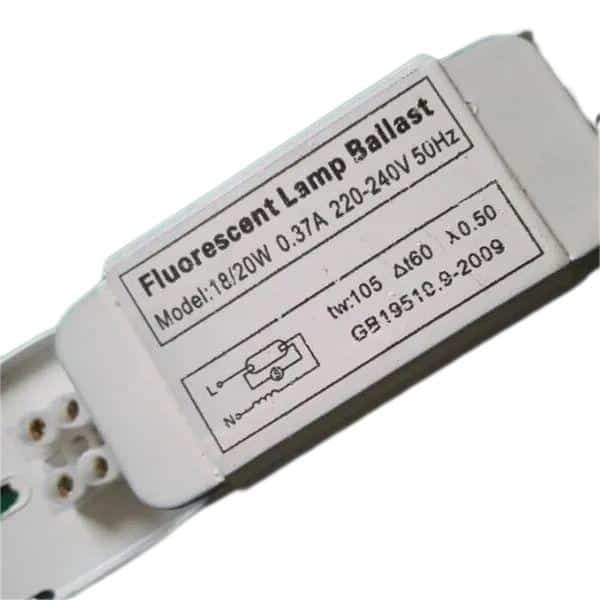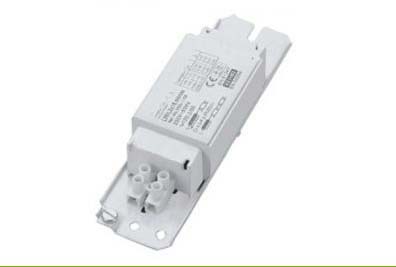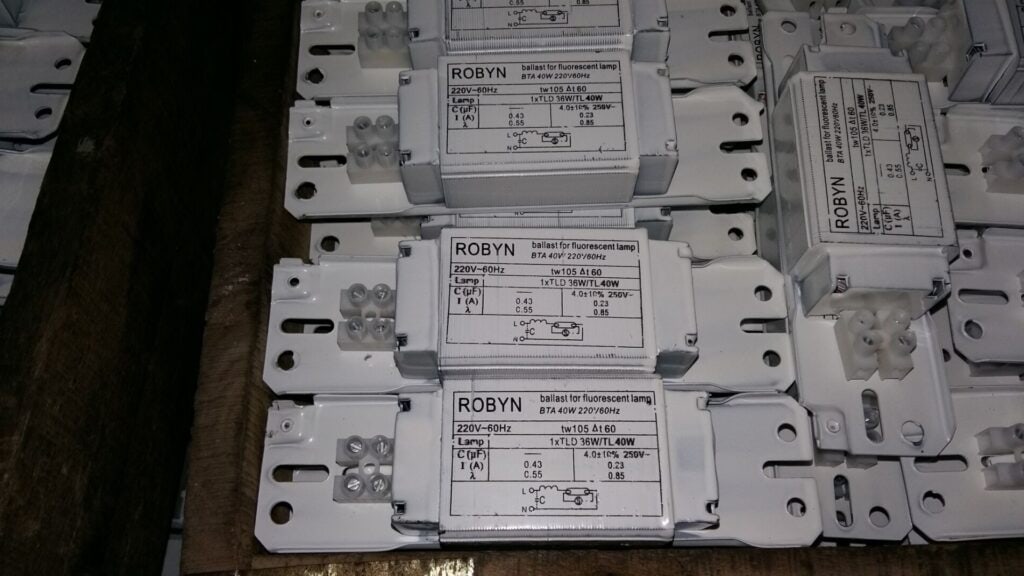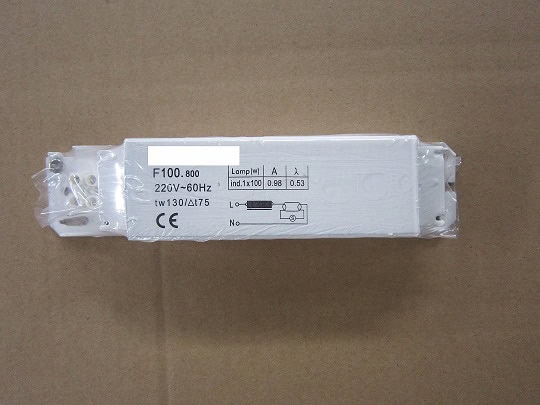If you use a 26-watt bulb with a 36-watt ballast, the light might not last as long, it could be unsafe, and it won’t work right. You need to understand how using the wrong ballast and bulb can affect the way your lights work, how safe they are, and how much they cost you to run.
When you use a 26-watt bulb with a 36-watt ballast, the first problem is that you overdrive the bulb. A ballast is supposed to regulate the power going to the bulb so that it gets the right amount of power. However, when you use a 36-watt ballast with a 26-watt bulb, you’re giving it more power than it’s designed to handle. This overdrives the bulb and makes it operate at a higher wattage than it’s supposed to. Because of this, the bulb gets too hot. When a bulb gets too hot, it can damage the internal components, which in turn affects the light quality and efficiency.
Additionally, the lifespan of the bulb is significantly shortened when it is mismatched with a higher wattage ballast. Running a 26-watt bulb with a 36-watt ballast accelerates the wear and tear on the bulb’s internal components, particularly the phosphors and electrodes. These components are crucial for maintaining the brightness and quality of light over time. When subjected to increased power, they degrade more quickly, meaning the bulb will burn out far sooner than it would under normal circumstances. This not only increases the frequency with which the bulb needs to be replaced but also raises long-term maintenance costs, as frequent replacements become necessary.
Another serious issue that arises from this mismatch is the safety risks associated with overheating. Overdriven bulbs generate excessive heat, and this heat can build up to dangerous levels. In the worst cases, this overheating can present a fire hazard, particularly if the surrounding area is flammable or poorly ventilated. The ballast, unable to properly regulate the excess current, may also fail, leading to electrical malfunctions.
A mismatch between the bulb and ballast can compromise the entire lighting fixture’s safety, potentially resulting in significant damage or even posing a risk of electrical fires. Therefore, ensuring that the correct wattage is used is not just a matter of efficiency but also of safety.
In addition to fire hazards, using a 36-watt ballast on a 26-watt bulb can also lead to ballast failure. When a bulb is mismatched with a higher wattage ballast, the lamp ballast has to work harder to regulate the excess energy. Over time, this extra strain causes the ballast to overheat and wear out more quickly than it would if paired with the correct wattage bulb. In extreme cases, the ballast may short circuit, leading to complete failure. This can create an electrical hazard, requiring costly repairs or replacements. The added strain on the ballast not only shortens its lifespan but also increases energy consumption, resulting in higher operating costs.
In terms of performance, one of the most noticeable effects of this mismatch is flickering and unstable operation. A 36-watt ballast may cause a 26-watt bulb to flicker or operate inconsistently because the bulb is unable to handle the increased power load efficiently. This instability in voltage regulation often results in flickering, dimming, or inconsistent light output. Flickering lights are not only annoying but can also cause eye strain and fatigue, especially in workplaces where lighting is essential for productivity. Furthermore, inconsistent lighting reduces the overall quality of the lighting environment, affecting the experience of anyone relying on the system.
Furthermore, the use of a mismatched ballast leads to energy inefficiency. While a higher wattage ballast may temporarily increase the brightness of the bulb, it is an inefficient use of energy. The extra power consumed by the ballast is essentially wasted because the bulb cannot fully utilize it. This results in higher electricity bills without any proportional benefit in terms of lighting output. The bulb will draw more current than necessary, leading to inefficient energy usage and increased operational costs. Over time, the increased energy consumption adds up, making the lighting system far less economical.
Ensuring correct ballast and bulb matching is crucial for optimizing performance. When the correct wattage ballast is paired with the appropriate bulb, the lighting system operates within the manufacturer’s specifications. This not only improves performance but also extends the lifespan of both the bulb and the ballast.
By avoiding mismatched components, you can prevent overheating, improve energy efficiency, and maintain consistent light quality. Furthermore, correct matching ensures that the system is safe, reducing the risk of electrical issues and fire hazards. Regularly checking and verifying ballast-bulb compatibility is essential for maintaining a cost-effective and efficient lighting setup.
Continued use of a mismatched ballast and bulb can lead to constant failures and increased costs. The more you operate a lighting system with mismatched components, the more frequently parts will fail. Ballasts will burn out faster, bulbs will need constant replacement, and the risk of electrical damage will increase.
These ongoing failures add to the overall cost of operating the lighting system, making it far less economical in the long run. Additionally, using incorrect wattage ballasts and bulbs can void product warranties, leaving you responsible for expensive repairs or replacements that would otherwise have been covered.
Final Words: using a 36-watt ballast with a 26-watt bulb causes a lot of problems like overheating, reduced life, safety hazards, and not being energy efficient. Make sure you use the right lamp ballast with the right bulb.




